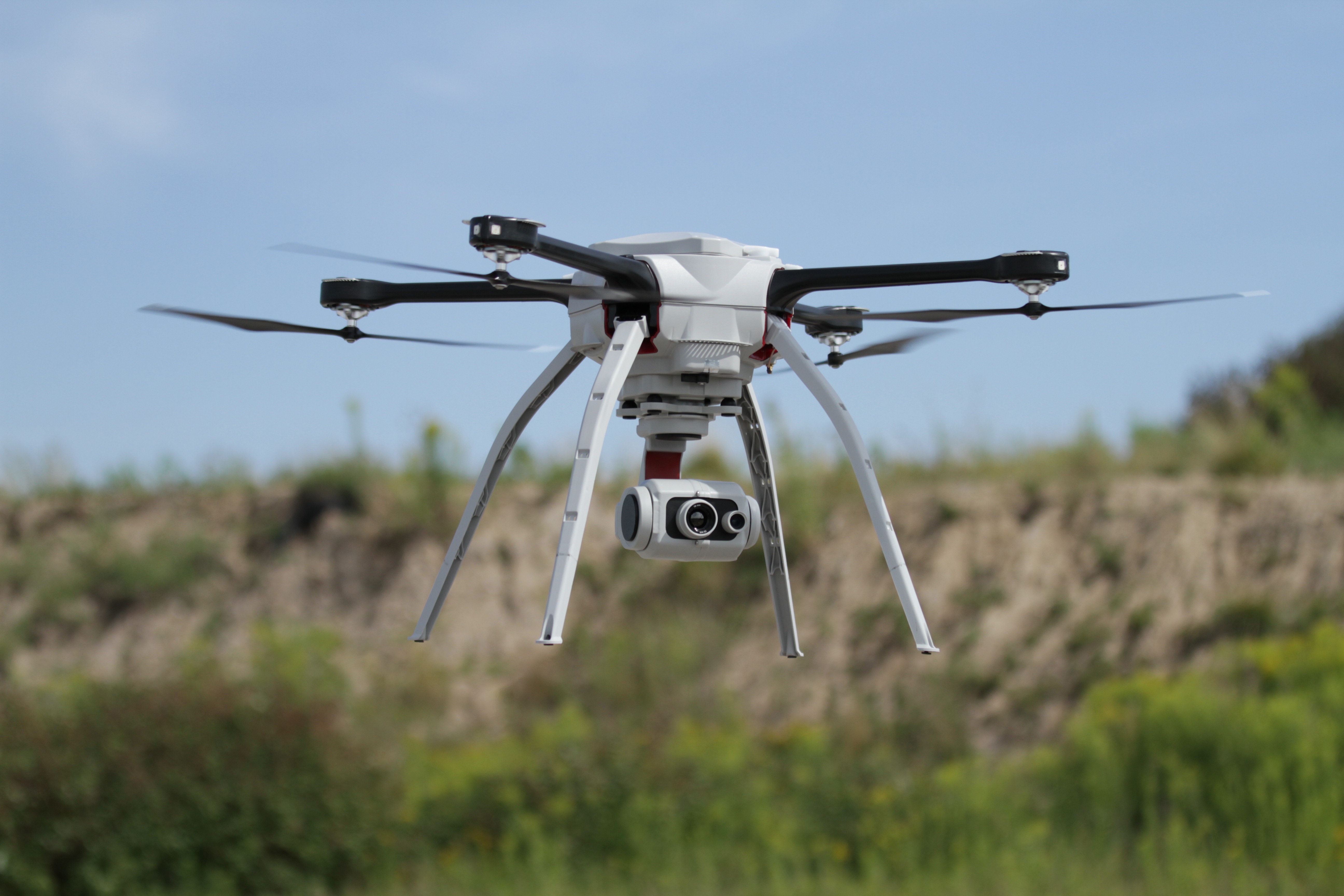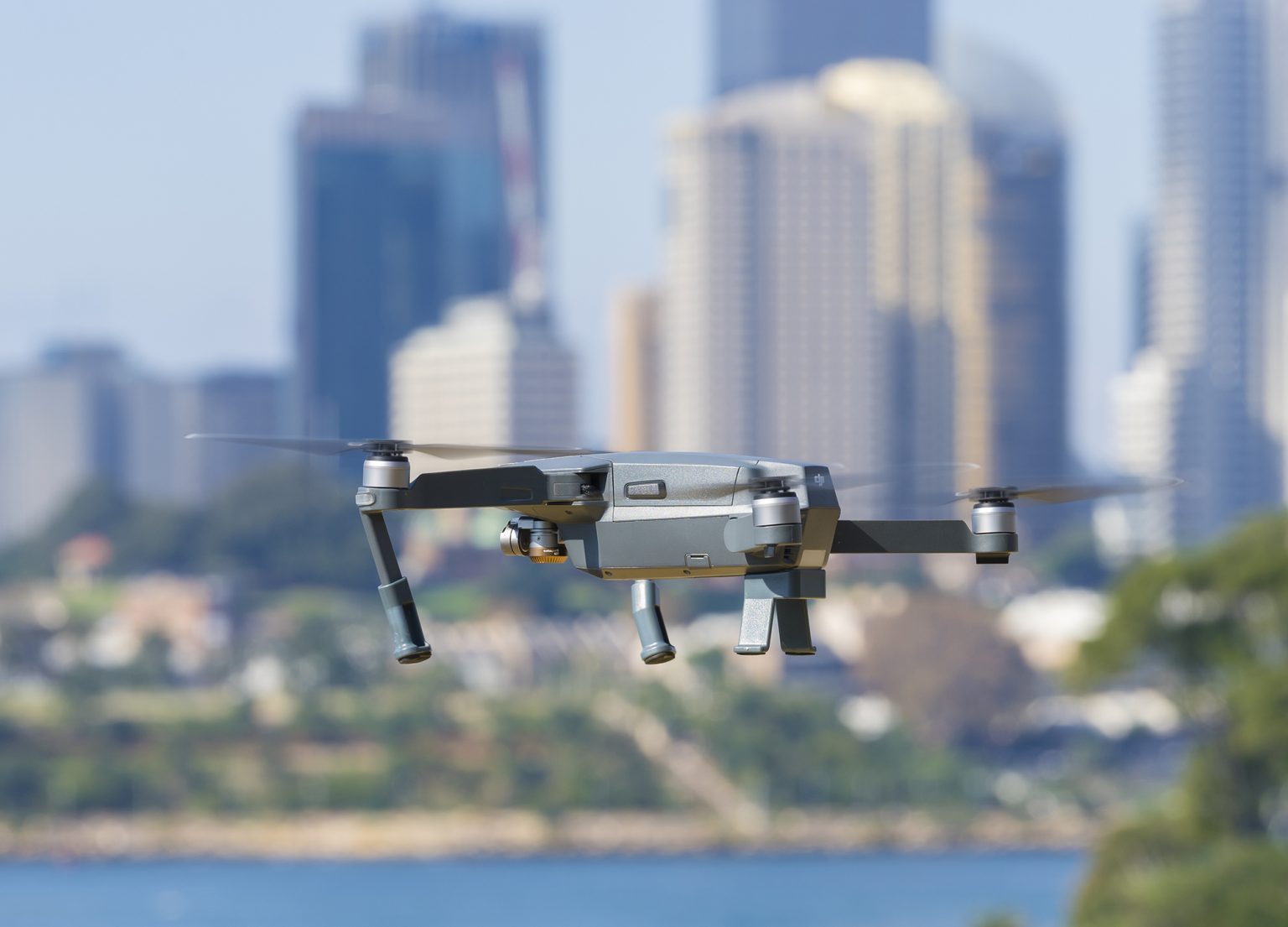Canada Drone Laws Under 250g: So you’re thinking about flying a drone in Canada, and it weighs less than 250 grams? That’s great! But before you take to the skies, understanding the rules is crucial. This guide simplifies the legal landscape, covering everything from registration and flight restrictions to privacy concerns and insurance. We’ll break down the key regulations in an easy-to-understand way, ensuring you can fly safely and legally.
Navigating Canadian drone laws can feel overwhelming, especially with the varying regulations based on drone weight. This guide focuses specifically on drones under 250g, clarifying the requirements for registration, flight limitations, and safety protocols. We’ll explore the potential legal pitfalls and how to avoid them, empowering you to enjoy your drone responsibly.
Drone Regulations in Canada (Under 250g): Canada Drone Laws Under 250g
Operating a drone in Canada, even one weighing under 250g, requires understanding and adhering to specific regulations. These rules are designed to ensure safety, protect privacy, and maintain responsible airspace management. This guide provides a comprehensive overview of Canadian drone laws for sub-250g drones, covering registration, flight restrictions, privacy concerns, liability, and emergency procedures.
So you’re looking into Canada’s drone laws for those sub-250g flyers? Keep in mind that even lightweight drones need registration and you must follow all safety guidelines. If you’re struggling to find up-to-date info, maybe you should check if chat gpt down is affecting your research; it’s a useful tool for many. Once you’ve got that sorted, remember to always fly responsibly and check the latest Transport Canada regulations before taking to the skies.
Drone Registration and Licensing in Canada (Under 250g)
While drones under 250g don’t require the same level of licensing as heavier drones, registration is still important. This allows Transport Canada to contact you if your drone is involved in an incident. The registration process is straightforward and can be completed online.
Obtaining a license isn’t necessary for operating drones under 250g. However, operators should familiarize themselves with the rules and regulations to ensure safe and legal operation. The registration process for drones under 250g is simpler than for those over 250g, primarily involving online registration with Transport Canada.
The key differences between the regulations for drones under and over 250g are summarized below:
| Weight Category | Registration Required | Licensing Required | Flight Restrictions |
|---|---|---|---|
| Under 250g | Yes (Basic Registration) | No | Various restrictions apply (see below) |
| Over 250g | Yes (Basic Registration) + potentially Advanced Operations Certificate | Potentially required depending on operations | More stringent restrictions apply |
Flight Restrictions and Operational Rules, Canada drone laws under 250g

Several airspace restrictions apply to drone operation in Canada, regardless of weight. These areas include airports, heliports, and other sensitive locations. Maintaining safe distances from populated areas and critical infrastructure is also crucial. Flight altitudes and distances are also limited for all drones, including those under 250g.
Common violations include flying in restricted airspace, operating beyond visual line of sight (VLOS), and failing to maintain safe distances from people and property. Penalties for violating drone regulations can range from fines to legal action.
Privacy and Data Protection Laws
Canadian privacy laws, particularly the Personal Information Protection and Electronic Documents Act (PIPEDA), apply to data collected by drones. Operators must respect individual privacy rights and avoid collecting or using personal information without consent. Data security and storage are also critical considerations.
For example, flying a drone over private property to capture images of individuals without their consent is a clear privacy violation. Operators must always ensure they comply with privacy laws and obtain necessary consent before collecting any personal information.
Flying drones under 250g in Canada has its own set of rules, mainly focusing on safety and responsible operation. To stay up-to-date on any changes or new regulations, check out the latest drone news at news for the most current information. Keeping informed is key to ensuring you’re always flying legally and safely within Canada’s drone laws for sub-250g aircraft.
A hypothetical scenario: A drone operator flies a sub-250g drone over a neighbour’s backyard to capture images of their garden. This is a privacy violation, even if the images don’t directly show individuals. To avoid this, the operator should obtain the neighbour’s consent before flying the drone.
Insurance and Liability
Insurance coverage is highly recommended, even for drones under 250g. This protects you from potential liability for accidents or damages caused by your drone. Several types of insurance policies are available, catering to different levels of risk and coverage needs.
Drone operators are liable for any accidents or damages caused by their drones. This includes property damage, personal injury, and even third-party liability. To mitigate liability risks, operators should maintain insurance, follow all regulations, and operate their drones responsibly.
A checklist of steps to mitigate liability risks includes:
- Obtain appropriate insurance coverage.
- Comply with all applicable regulations.
- Regularly inspect and maintain your drone.
- Operate your drone responsibly and safely.
- Document all flights and maintain flight logs.
Visual Line of Sight (VLOS) and Beyond Visual Line of Sight (BVLOS) Operations

Visual Line of Sight (VLOS) means the drone operator must maintain a clear and unobstructed view of their drone at all times. For drones under 250g, VLOS operation is generally the standard. BVLOS operations are significantly more restricted and usually require additional approvals and certifications.
Regulations regarding VLOS and BVLOS operations are stricter for larger drones. For drones under 250g, VLOS is almost always mandatory. The challenges of BVLOS operations include maintaining control, ensuring safety, and adhering to regulations.
Flying drones under 250g in Canada has some pretty relaxed rules, but that doesn’t mean you can be careless! Even lightweight drones can cause damage if they malfunction, leading to a serious drone crash. Remember to always check your drone’s battery, follow Transport Canada guidelines, and fly responsibly to avoid accidents. Staying within the law for your sub-250g drone means keeping yourself and others safe.
Hypothetical scenario: An operator loses sight of their sub-250g drone while flying it beyond VLOS. This is a violation, and depending on the circumstances, could lead to fines or other penalties.
Emergency Procedures and Reporting Requirements

In case of a drone malfunction or accident, immediate action is necessary. This includes securing the drone, assessing any damage or injuries, and contacting relevant authorities. All drone incidents must be reported to Transport Canada.
Failing to report a drone accident can lead to penalties, including fines. Prompt reporting helps in investigations and contributes to improving drone safety.
Okay, so you’re flying drones under 250g in Canada? Sweet! Remember to check those Transport Canada rules first. Need a break from all that legal stuff? Maybe set up your printer while you’re at it – check out this guide for canon ts3420 wifi setup and get back to those awesome drone shots. Once you’re all connected, remember to always keep your drone flights safe and legal under Canadian regulations.
A flowchart illustrating emergency procedures would involve steps such as:
- Secure the drone and assess the situation.
- Check for injuries and provide first aid if necessary.
- Contact emergency services if required.
- Report the incident to Transport Canada.
Technological Considerations and Safety Features
Several safety features enhance drone operation and compliance. These include GPS, obstacle avoidance systems, and return-to-home functionality. Emerging technologies are continually shaping drone regulations.
Recommended safety features and best practices for operating drones under 250g include:
- GPS for location tracking and return-to-home functionality.
- Obstacle avoidance systems to prevent collisions.
- Redundant battery systems to prevent mid-flight power loss.
- Regular pre-flight checks and maintenance.
- Awareness of surrounding environment and airspace restrictions.
- Respect for privacy and adherence to data protection laws.
Wrap-Up
Flying a drone under 250g in Canada is a fun and exciting prospect, but responsible operation is paramount. Remember, understanding and adhering to the regulations isn’t just about avoiding penalties; it’s about ensuring the safety of yourself, others, and your drone. By familiarizing yourself with the key points discussed—registration, flight restrictions, privacy considerations, and insurance—you can confidently enjoy the aerial perspective while respecting the law.
Safe flying!
Popular Questions
Do I need insurance for a drone under 250g?
While not legally mandated for all operations, insurance is highly recommended to protect yourself from liability in case of accidents or damages.
What happens if I lose sight of my drone?
Losing visual line of sight (VLOS) is a violation. Immediately land your drone and report the incident. Penalties can vary.
Can I fly my drone over private property?
Generally, no. Always obtain permission from the landowner before flying over private property. Respecting privacy is key.
Where can I find a list of restricted airspace?
Nav Canada’s website provides up-to-date information on restricted airspace for drones.
What are the penalties for violating drone laws?
Penalties range from warnings and fines to potential criminal charges depending on the severity of the violation.